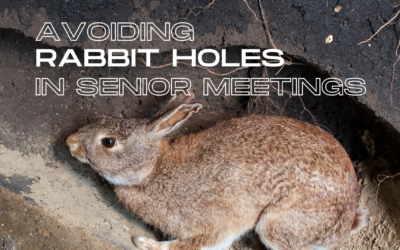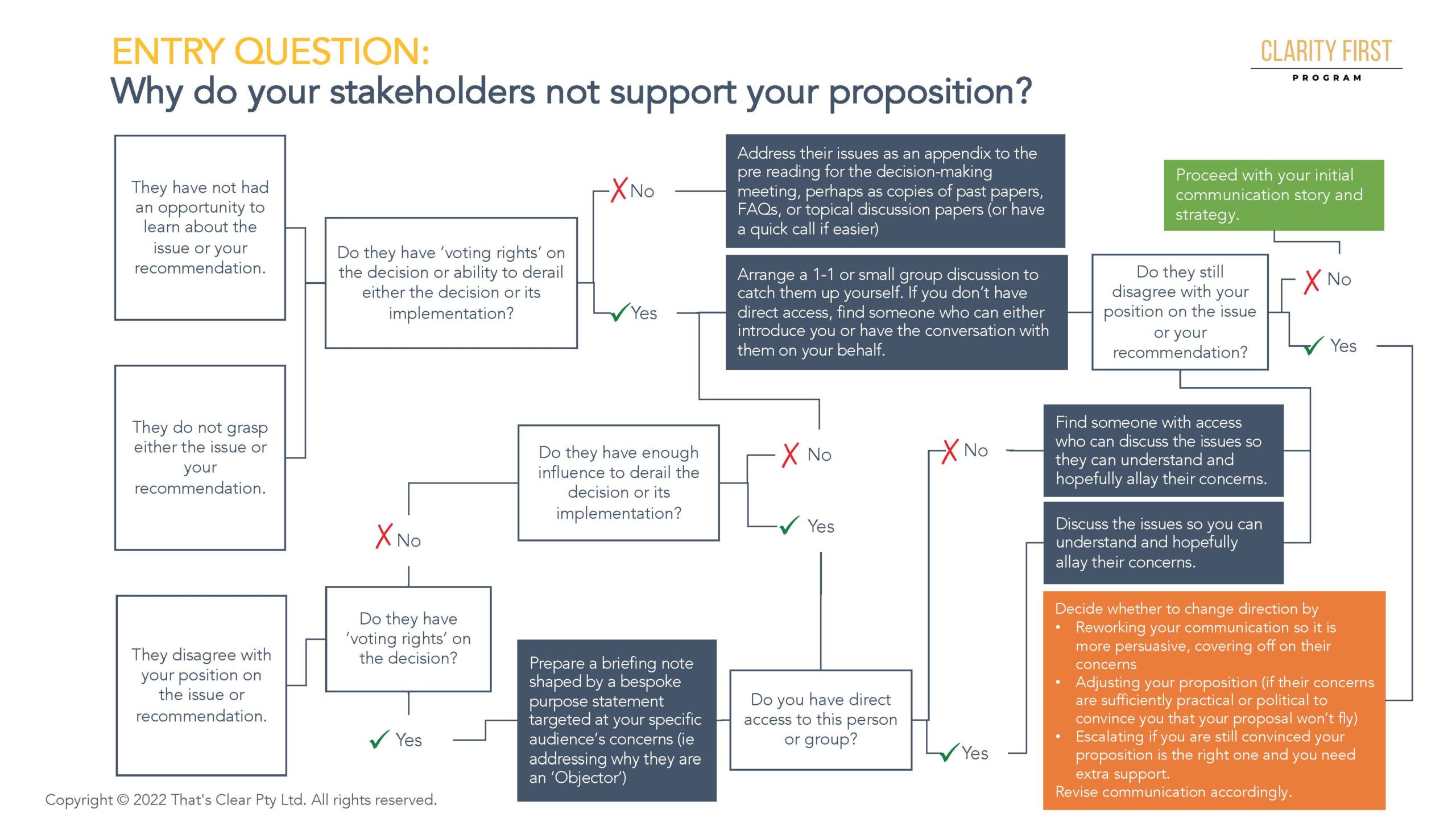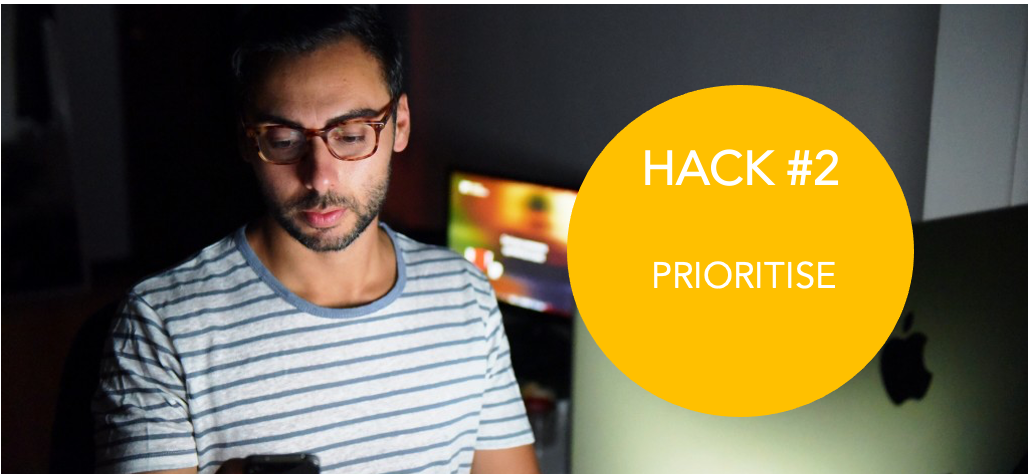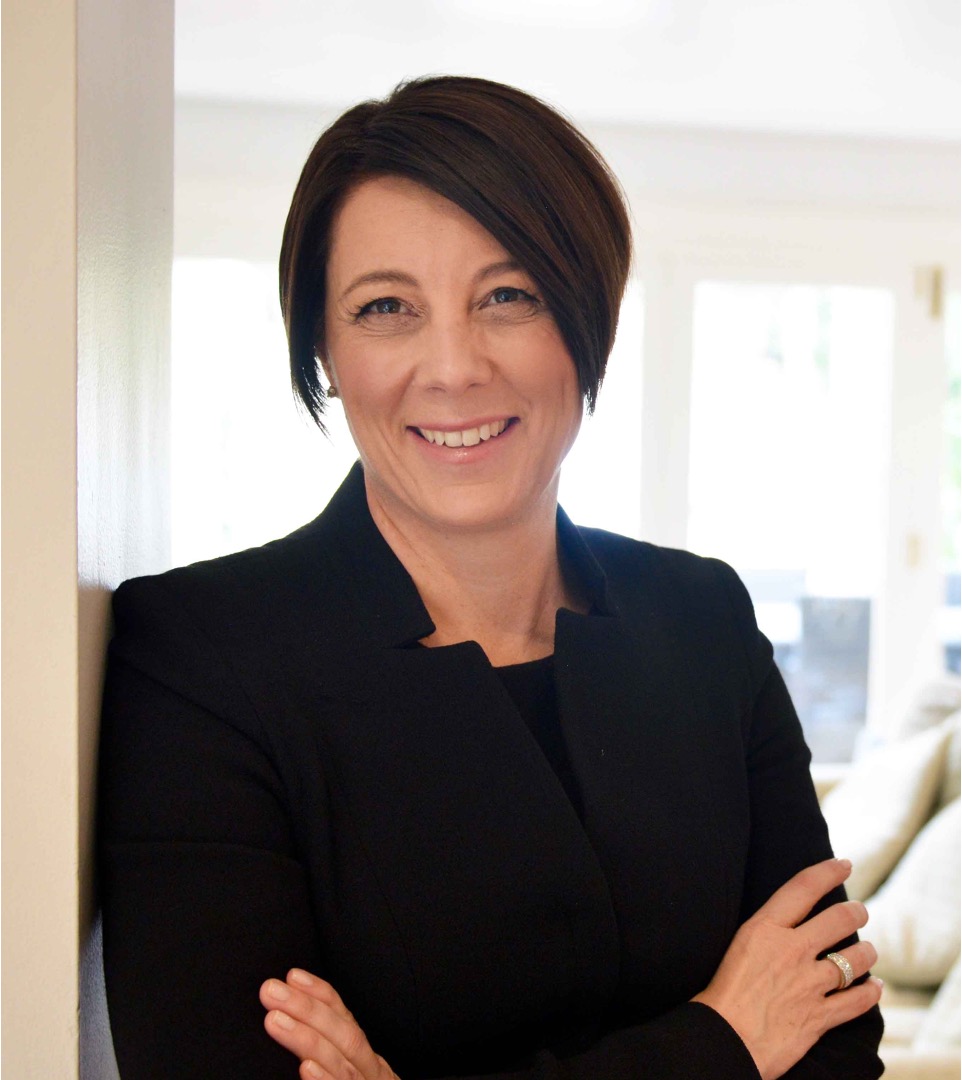Most of us review communication for colleagues....

Why too much background is a problem
A Board Director recently described his problem with Board papers to a colleague of mine.
He said: “He disliked feeling as though he was conducting an Easter Egg hunt when reading Board Papers.
“He would much prefer spending his energy evaluating the ideas in the paper than trying to find them.”
One of the main reasons this happens is that background sections are too long. Many paper-writers often feel the need to deliver lots of history, definitions and detail at the start of the paper.
The idea is that doing this helps the audience understand what the paper is about so they can understand the punch line.
Unfortunately, it has the reverse effect, switching most audiences off.
This is one of the key reasons why I encourage you to keep your context and trigger short, to no more than 15 percent of the length of the whole paper. Here are some thoughts to help you achieve that.
- Include definitions in an appendix. You can refer to it the first time you mention a technical term that you think some readers may not be familiar with. If it is a completely foreign idea to all, then define it at the point of reference, perhaps as a footnote.
- Use the context to introduce the topic under discussion only. You might, for example, think back to the last time you discussed the relevant topic with your audience and remind them of that.
- Weave history and detail into the story itself. This way you present ideas as they are relevant to the audience rather than out of context.
I hope that helps. More next week.
Davina
RELATED POSTS
When to avoid reviewing other people's papers and presentations
How to be human when communicating with senior leaders
A couple of situations this week reminded me of...
How to deliver better board and SLT papers more quickly
TLDR ..... 1. Thank you for the LinkedIn...
Is your paper really for noting?
Hello Davina, TLDR .....1. Thank you for the...
How to keep your board on topic
How to keep your board on topic Has this...
How to build trust with senior leaders
TLDR: The answer is to provide less information...

PRESENTED BY DAVINA STANLEY
I love what I do.
I help senior leaders and their teams prepare high-quality papers and presentations in a fraction of the time.
This involves 'nailing' the message that will quickly engage decision makers in the required outcome.
I leverage 25+ years' experience including
- learning structured thinking techniques at McKinsey in Hong Kong in the mid 1990s before coaching and training their teams globally as a freelancer for a further 15 years
- being approved to teach the Pyramid Principle by Barbara Minto in 2009
- helping CEOs, C-suite leaders and their reports deeply understand their stakeholder needs and communicate accordingly
- seeing leaders cut the number of times they review major papers by ~30% and teams cut the amount of time they take to prepare major papers by ~20%*
- watching senior meetings focus on substantive discussions and better decisions rather than trying to clarify the issue
My approach helps anyone who needs to engage senior leaders and Boards.
Recent clients include 7Eleven, KPMG, Mercer, Meta, Woolworths.
Learn more at www.clarityfirstprogram.com
(*) Numbers are based on 2023 client benchmarking results.

















